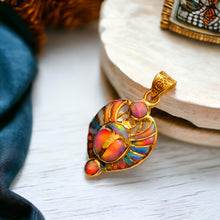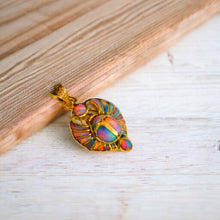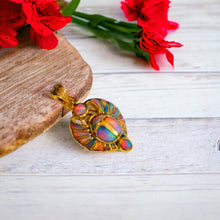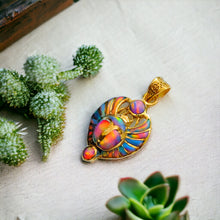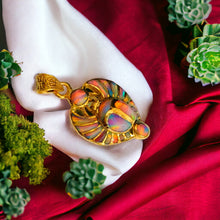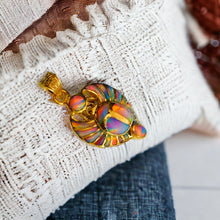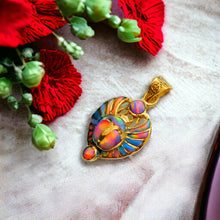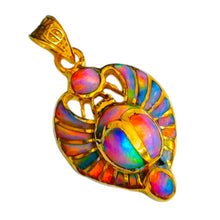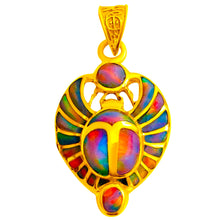Dainty Scarab Gold Pendant Necklace
- Regular price
- $75.00 USD
- Sale price
- $75.00 USD
- Regular price
-
- Unit price
- /per
Sale
Sold out
Shipping calculated at checkout.
Adding product to your cart
The Dainty Scarab Gold Pendant Necklace: Inspired by ancient Egyptian symbolism, this delicate necklace features a golden scarab, a revered symbol of rebirth and protection since antiquity. Reflecting centuries of cultural significance, it embodies timeless elegance and spiritual connection.
- History: Inspired by ancient Egyptian culture, symbolizing rebirth and protection.
- Spiritually: Represents transformation, renewal, and good fortune.
- Talisman: Crafted as a protective charm, believed to ward off negative energy.
- Handmade: Meticulously crafted by skilled artisans, adding uniqueness to each piece.
- Healing: Opal is associated with emotional healing and enhancing self-confidence.
- Material Gold: Made with high-quality gold, symbolizing purity and luxury.
- Symbolism: Scarab symbolizes resurrection and immortality in ancient Egyptian mythology.
- How to wear: Easily fits any chain up to 5MM thickness, versatile for various styles.
- Ideal Gift: Perfect for someone seeking spiritual connection or a touch of elegance in their accessories.
History Side For Those Who Are Interested
The Egyptian Royal Scarab holds a significant place in the annals of ancient Egyptian history, serving as a symbol of divine protection, renewal, and power. Dating back to the pre-dynastic period (circa 3100 BCE) and enduring throughout the various epochs of Pharaonic rule, the scarab beetle, particularly the royal scarab, was revered as a sacred emblem with profound cultural, religious, and political significance.
The scarab beetle (Scarabaeus sacer) held immense spiritual significance for the ancient Egyptians, representing the sun god Ra's daily journey across the sky and the cycle of life, death, and rebirth. Its habit of rolling balls of dung, which served as food and breeding chambers, evoked imagery of creation and resurrection.
The association between the scarab beetle and the divine led to its widespread use in amulets, jewelry, seals, and other artifacts, especially during the Middle and New Kingdom periods (circa 2055–1070 BCE and 1550–1070 BCE, respectively). However, it was during the New Kingdom that the concept of the "Royal Scarab" reached its zenith.
The Royal Scarab was distinguished by its large size, exquisite craftsmanship, and the use of precious materials such as gold, silver, faience, and semi-precious stones like lapis lazuli and carnelian. These scarabs often bore inscriptions or intricate designs on their flat undersides, featuring the name and titles of the reigning pharaoh, along with protective spells or religious symbols.
As symbols of royal authority and divine protection, Royal Scarabs were bestowed upon favored courtiers, high-ranking officials, and foreign dignitaries as diplomatic gifts or tokens of favor from the pharaoh. They were also placed within the wrappings of mummies or buried alongside the deceased to ensure safe passage to the afterlife.
The Royal Scarab's prominence extended beyond religious and funerary contexts; it played a vital role in state propaganda, symbolizing the pharaoh's power to maintain cosmic order (ma'at) and ward off chaos (isfet). Additionally, scarabs were used as administrative seals, marking official documents and goods with the authority of the crown.
The legacy of the Egyptian Royal Scarab endures to this day, as these artifacts continue to captivate scholars, collectors, and enthusiasts worldwide. They serve as tangible links to the rich tapestry of ancient Egyptian civilization, embodying the timeless themes of divine protection, eternal renewal, and the enduring power of the pharaohs.
Use left/right arrows to navigate the slideshow or swipe left/right if using a mobile device


















